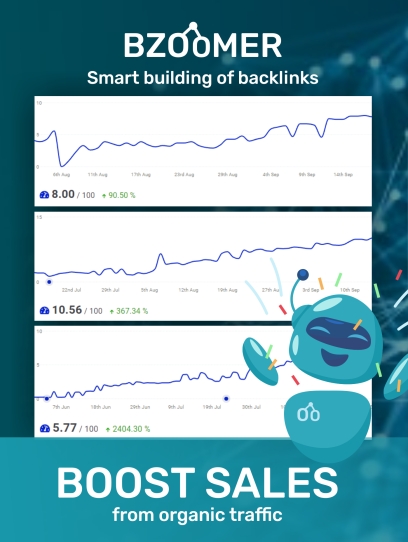Grease trap waste, also known as grease interceptor waste or FOG (Fats, Oils, and Grease) waste, is a common byproduct generated by restaurants, commercial kitchens, and food processing facilities. Proper management of grease trap waste is not only essential for environmental sustainability but also for complying with regulations and ensuring the efficient operation of these establishments. In this article, we will explore what grease trap waste is, its environmental impact, and the importance of responsible disposal and recycling.
Understanding Grease Trap Waste
Grease trap waste consists primarily of fats, oils, and grease that accumulate in grease traps or interceptors. These devices are installed in commercial kitchens and restaurants to prevent these substances from entering municipal sewer systems, where they can cause blockages, overflows, and environmental damage.
- Environmental Impact
The improper management of grease trap waste can have severe environmental consequences:
a. Sewer Blockages: When grease trap waste is not adequately contained and removed, it can solidify in sewer pipes, leading to blockages and sewer backups. These blockages can cause untreated wastewater to overflow into streets, rivers, or other natural water bodies, resulting in contamination and ecological harm.
b. Water Pollution: FOG waste contains pollutants that can be harmful to aquatic ecosystems. When discharged into the environment, it can disrupt the balance of aquatic life, reduce oxygen levels in water, and lead to the death of fish and other organisms.
c. Soil Contamination: If improperly disposed of on land, grease trap waste can seep into the soil, contaminating it with harmful substances. This contamination can affect plant growth and harm local wildlife.
d. Compliance Issues: Regulatory bodies often have strict guidelines in place to regulate the management of grease trap waste. Failure to comply with these regulations can result in fines and penalties for businesses.
- Responsible Disposal
To mitigate the environmental impact and adhere to legal requirements, businesses must adopt responsible practices for grease trap waste disposal:
a. Regular Pumping: Grease traps should be routinely pumped and cleaned by licensed professionals. The frequency of pumping depends on the size of the trap and the volume of grease generated.
b. Recycling and Reuse: Grease trap waste can often be recycled into useful products, such as biofuels and soaps. Recycling not only reduces waste but also provides an eco-friendly alternative to disposal.
c. Proper Disposal Facilities: Ensure that grease trap waste is disposed of at authorized and environmentally compliant disposal facilities. This prevents illegal dumping and contamination.
d. Employee Training: Staff in commercial kitchens should be trained to minimize the amount of FOG waste entering the grease trap. Simple practices like scraping plates before dishwashing can make a significant difference.
- The Role of Technology
Advancements in technology have made it easier for businesses to manage grease trap waste efficiently. Grease trap monitoring systems, for example, can provide real-time data on trap levels, allowing for timely maintenance and pumping. Additionally, innovative treatment technologies can break down FOG waste more effectively, reducing the frequency of pump-outs and disposal costs.
- Regulatory Compliance
In many regions, regulatory bodies have recognized the significance of grease trap waste management and have implemented strict guidelines to ensure responsible handling. Businesses must stay informed about these regulations and work diligently to comply with them. Failure to do so can result in fines, legal repercussions, and damage to a company's reputation.
- Economic Benefits
Responsible management of grease trap waste can also yield economic benefits for businesses. By implementing efficient practices and technologies, such as regular monitoring and recycling, establishments can reduce their operational costs. Recycling grease trap waste into biofuels or other usable products can provide an additional revenue stream, making it a financially sound decision.
- Public Perception
In an era where environmental sustainability is a top concern for consumers, businesses that demonstrate a commitment to responsible waste management, including grease trap waste, can gain a competitive edge. Customers are more likely to patronize establishments that prioritize environmental responsibility, potentially leading to increased customer loyalty and positive word-of-mouth marketing.
- The Role of Government and Industry Associations
Government agencies and industry associations also play a pivotal role in promoting responsible grease trap waste management. They can provide educational resources, best practices guidelines, and financial incentives to encourage businesses to adopt eco-friendly practices. Collaborative efforts between government bodies, associations, and businesses can lead to more effective waste management strategies and environmental protection.
The management of grease trap waste is not only an environmental responsibility but also a commercial necessity. Businesses in the foodservice and food processing industries must recognize the adverse environmental consequences of neglecting grease trap waste and take proactive measures to minimize its impact. Responsible disposal, recycling, adherence to regulations, and the adoption of advanced technologies are key components of effective grease trap waste management.
By prioritizing environmental sustainability, businesses can protect natural ecosystems, avoid legal repercussions, reduce operational costs, enhance their public image, and contribute to a cleaner, healthier planet. In the ever-evolving landscape of waste management, responsible handling of grease trap waste should remain at the forefront of industry practices, benefiting both the environment and the bottom line.


